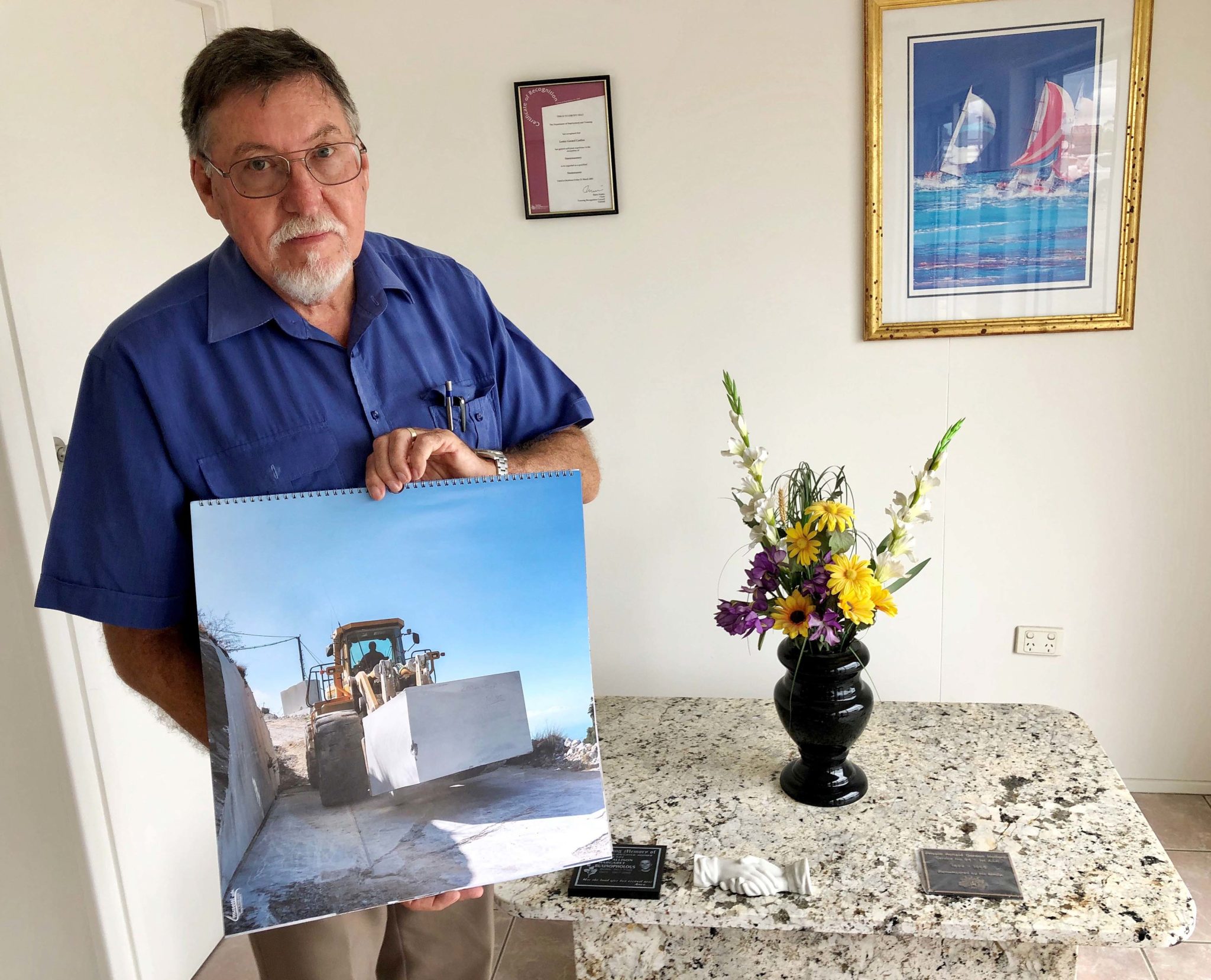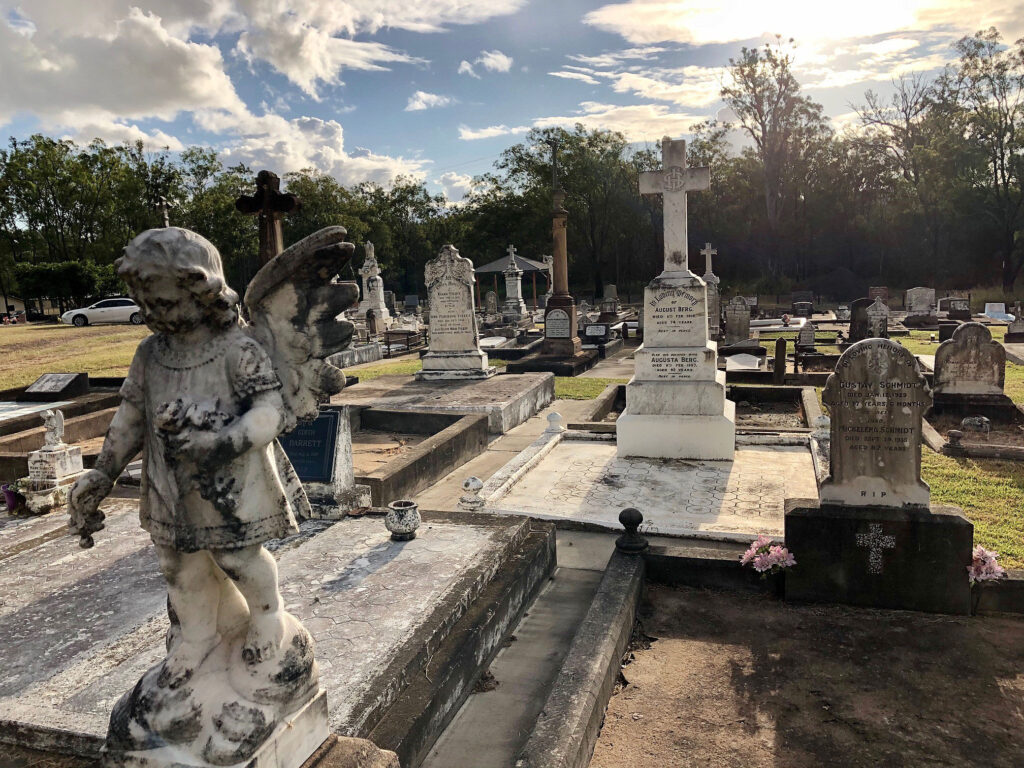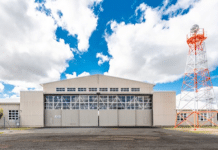
The traditional work of the monumental mason is beautifully portrayed at many cemeteries across the Bundaberg Region.
The craftsmen who specialised in creating the ornately beautiful works of art to allow family to appropriately mark the final resting place of a loved one, evolved from the ancient art of the stonemason.
Les Castles, owner of Bundaberg monumental masons Ziegler Memorials, said the work of the monumental mason was generally on a much smaller scale to that of the stonemason.
“The art of the stonemasons is centuries old although much of the expertise and craft, like many manual trades, has disappeared with time.”
He said the role of the monumental mason was now more tech orientated with the use of lasers to cut stone and create designs while sandblasting is also utilised in etching words and designs.
“Ziegler Memorials has been in the Bundaberg area for more than 80 years so obviously some of the work within local cemeteries originated from their workshops.
“The Ziegler family came out from Germany and established monumental masonry businesses in Bundaberg and Toowoomba.
“Many of the elegant designs that are in places like the Bundaberg and Apple Tree Creek cemeteries may have involved work imported from overseas.

“Masons from places around Europe, especially from Italy where this form of artistic expression, especially the use of angles or sculptures with religious significance, was popular.
“The early monumental masons did all the lettering by hand and customers were charged by the letter,” said Les.
Council’s Regional Supervisor of Cemeteries Nicholas Burfield said the age of the ornamental gravesite designs had passed with lawn cemeteries in particular now focussed on headstones that offered symmetry across the cemetery.
“It is a shame that many of those original ornate designs have become victims of time. Sadly, Council, without the permission of family is not able to interfere with the gravesites unless it involves a matter of safety.”
“A visit to local cemeteries to view the work of master monumental masons is an eye-opener especially when you consider the tools they worked with and the amazing results they were able to achieve.”







